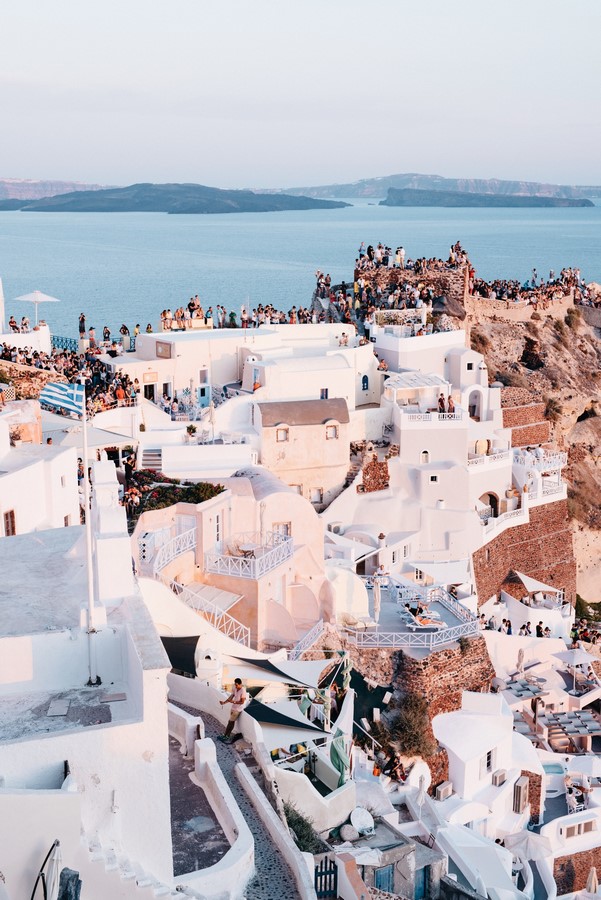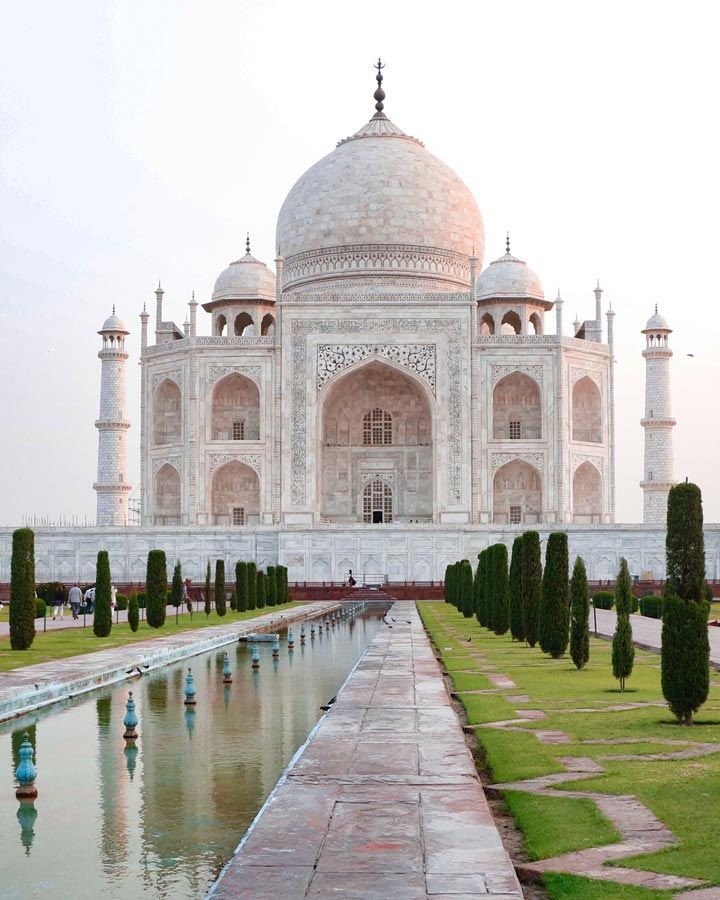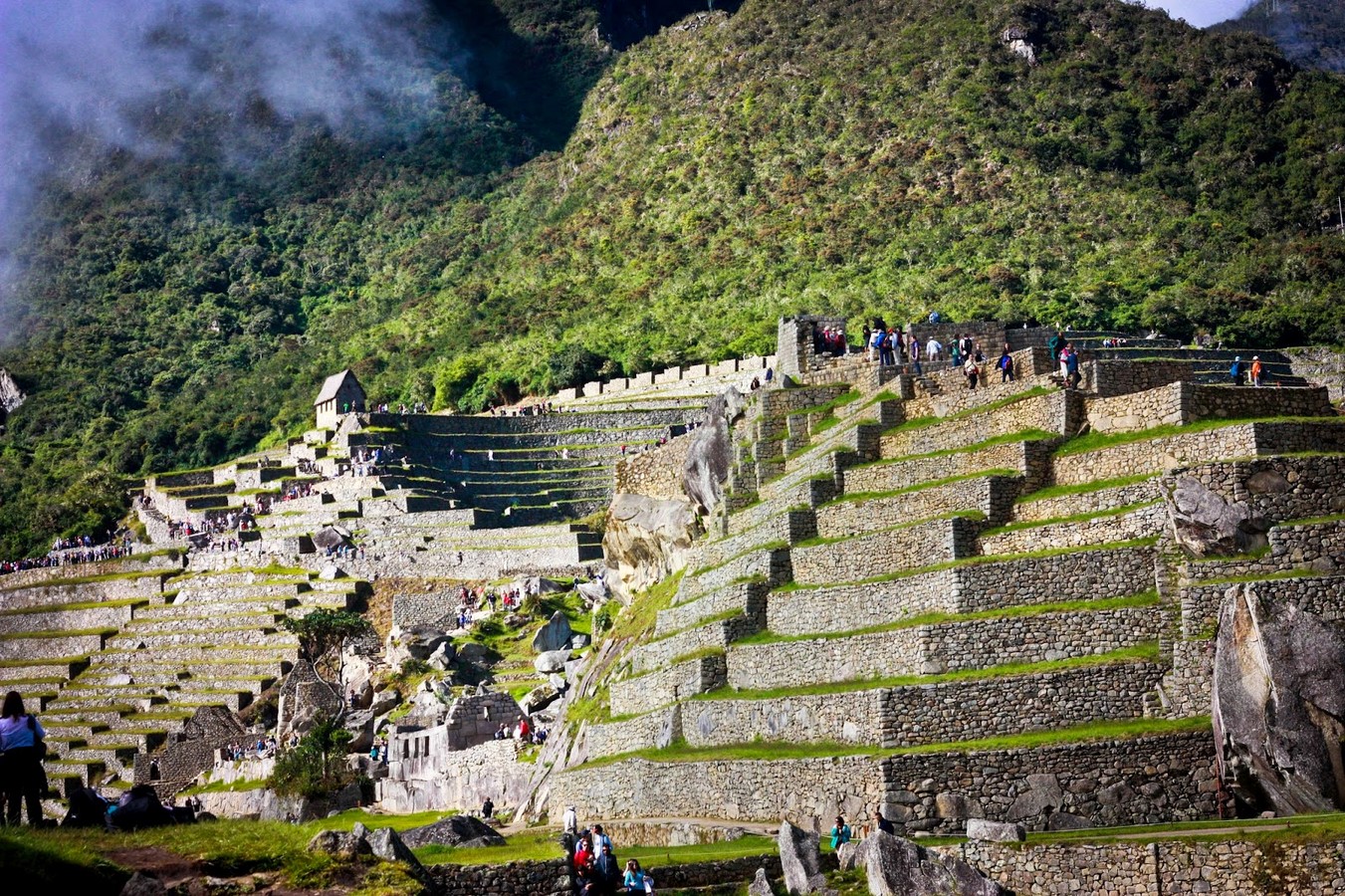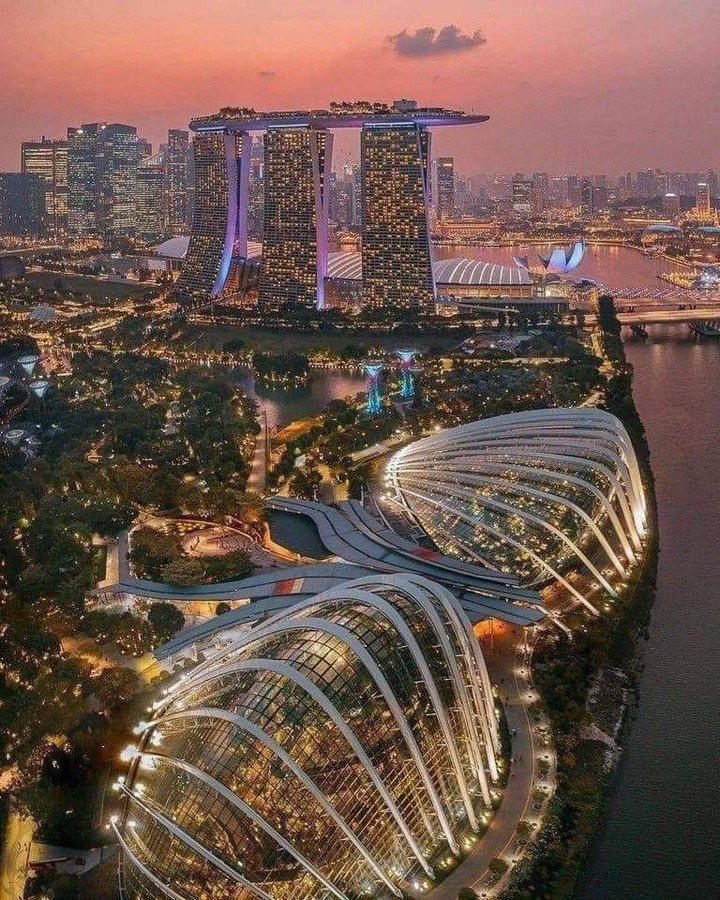Historic Inspirations:
The massive impact of culture started from religious places such as temples, mosques, and churches. The functionality of the intricate ornamentation through sculptures on the elevation of the buildings explains the purity and devotion towards the beliefs, the symbols incorporated in the form of reliefs and murals exposing the traditional style. On the other, the contemporary style of architecture is influenced by the modern-day culture of minimalism, with roots in history.


Socialism in Culture:
Architecture provides different social interactions according to cultural hierarchies exerting influence on the layout. For instance, the courtyard is segmented with public and private functional rooms around influencing in the southern region of India, the high privacy in the middle east traditional Arab countries with inverted facade design.
The modern-day culture of creating transparent glazing walls in public places to have more social interaction by just looking at the space while passing by which reaches out to the crowd easily, they are also influenced by the fuse of traditional and contemporary style leading to new culture itself.
Construction Techniques:
The choice of materials and techniques is shaped by the local resources and from the craftsmanship which is why it has its authenticity in every region. Regions like Japan and Russia use traditional materials such as wood, bamboo, and timber for their construction as they have an abundance of forest around them and sandstone, palm fronds, and corals used in the Middle East regions. The method of creating unique cultural heritage connects with the Architectural style. The techniques have not been used due to abundance but also inter-play connection with the climatic conditions of the region.

Regional Impact:
Architectural styles are one of the main reasons to represent different countries’ unique cultures. Going back in the day, cultural influence in architecture was very evident, one could say the sturdy columns from Greek, the open courtyard within a house in Asia, and federal styles from America, all of which manifested in the form of culture.

South Asia: Japan, China, the Philippines, Nepal, and other parts of Asia. Pagoda is a symbolic element in the architectural tradition, a tower with different levels, built to preserve Buddhist relics and artifacts.
Greece: The classic Greek architecture represents the Parthenon, standing still even today’s one of the oldest man-made structures. The temple was built for the Goddess Athena and the Athenians had cultural superiority in ancient Greece.
Egypt: The pyramids are known for the massive structures built for Pharaonic belief in the afterlife. The construction techniques are always a wonder to date, which has also impacted the region with the culture after the construction.
Russia: The onion-shaped dome marked itself for its design, the belief in the shape of a flame in a candle reaching heaven. One of the best examples to date is St. Basil’s Basilica. The cultural association with the structure is the concept of power, continuity, and power in Russia.
Vatican City St. Peter’s Basilica is a renaissance style architecture built in Rome for the cultural-religious authorities, on the burial of St. Peter’s according to tradition. The structure incorporated types of decorative art as Europe always followed sculpture as a significant element.
Rome: Still under the influence of the European style of architecture, the Pantheon: the “Temple of All Gods” was built for religious social gatherings under the influence of regional culture. The monument has been inspiring Architects and tourists around the globe to date.

Cultural Architecture:
The architecture itself has its cultural beliefs and practices by directly implementing the cultural impression during the design process for interconnecting with the functionality of the project, the standard of understanding of the surroundings to interact with nature with people, and also by keeping the human mind in mind during the design stages for the betterment of the space in intangible ways.
Image 6_The contemporary style fused with tradition_https://scavengedluxury.tumblr.com/post/184362074329/revuedas-carl-pruscha-taragaon-hostel
Conclusion:
The diverse styles of architecture inter-relation with the culture around the globe is still evident to be visible and ground bring motive for people to travel around the world for this reason. Even with the modern-day homogenous style with minimalism, they have evolved through their culture according to the present day. The authority of culture has been expressed in and around all the places in the tangible form of architecture. The deeper we dive into culture, the deeper we bring meaning to the region and people. Culture in Architecture is the reflection of the beliefs and ideology of the society.
Sources:
(2021). How Culture Continues to Impact Architectural Design: Laura U. Laura U Design Collective, Available at: https://www.laurau.com/how-culture-continues-to-impact-architectural-design/
[Accessed: 13tt July 2023].
Singh, J. (2022). The Cultural Expression In Architecture.Urban Design Lab, Available at: https://urbandesignlab.in/the-cultural-expression-in-architecture/
[Accessed: 12th July 2023].
2017 – Culture and Architecture. Warren & Manhoney, Available at: https://warrenandmahoney.com/articles/culture-and-architecture
[Accessed: 13th July 2023].
















